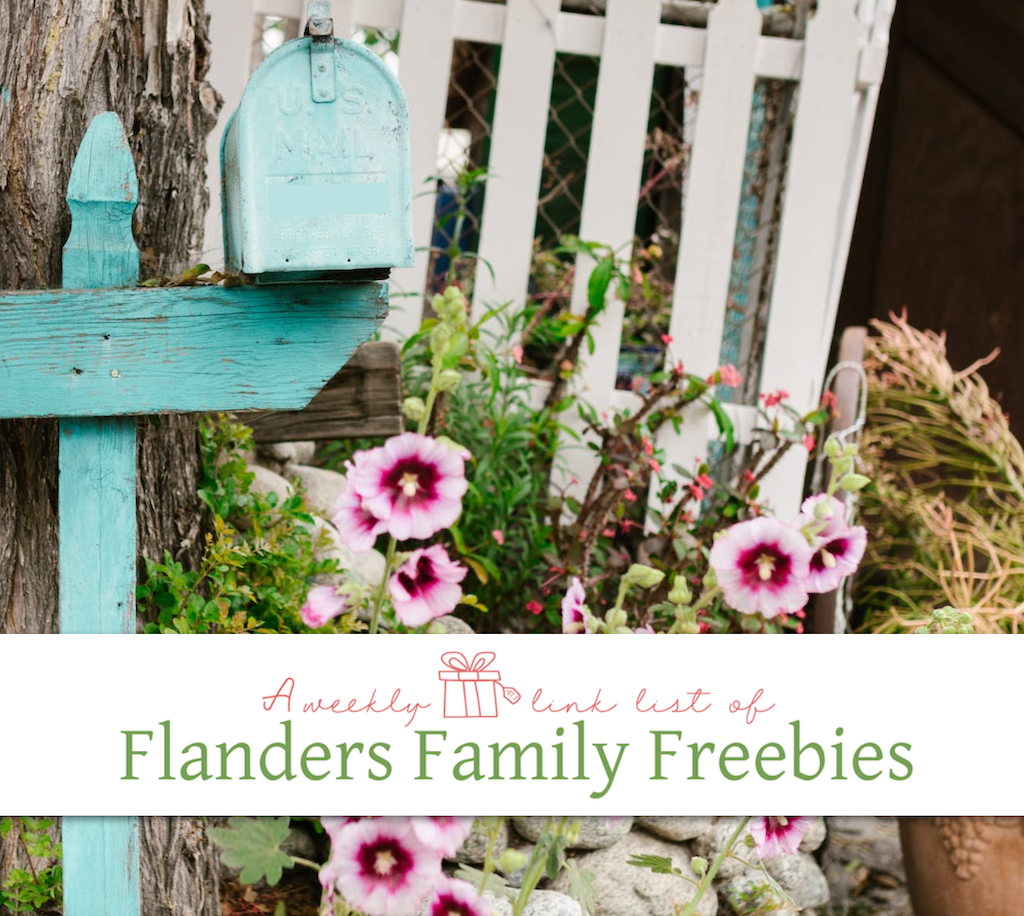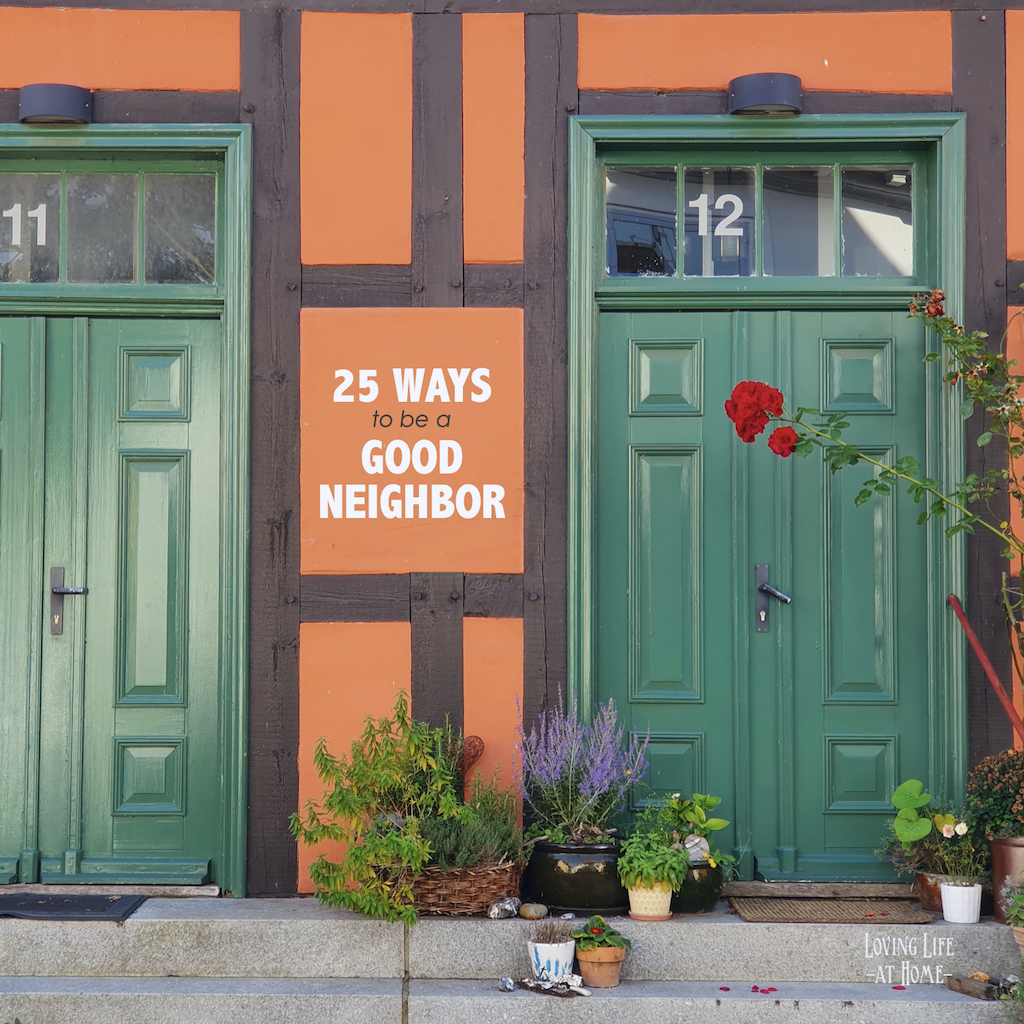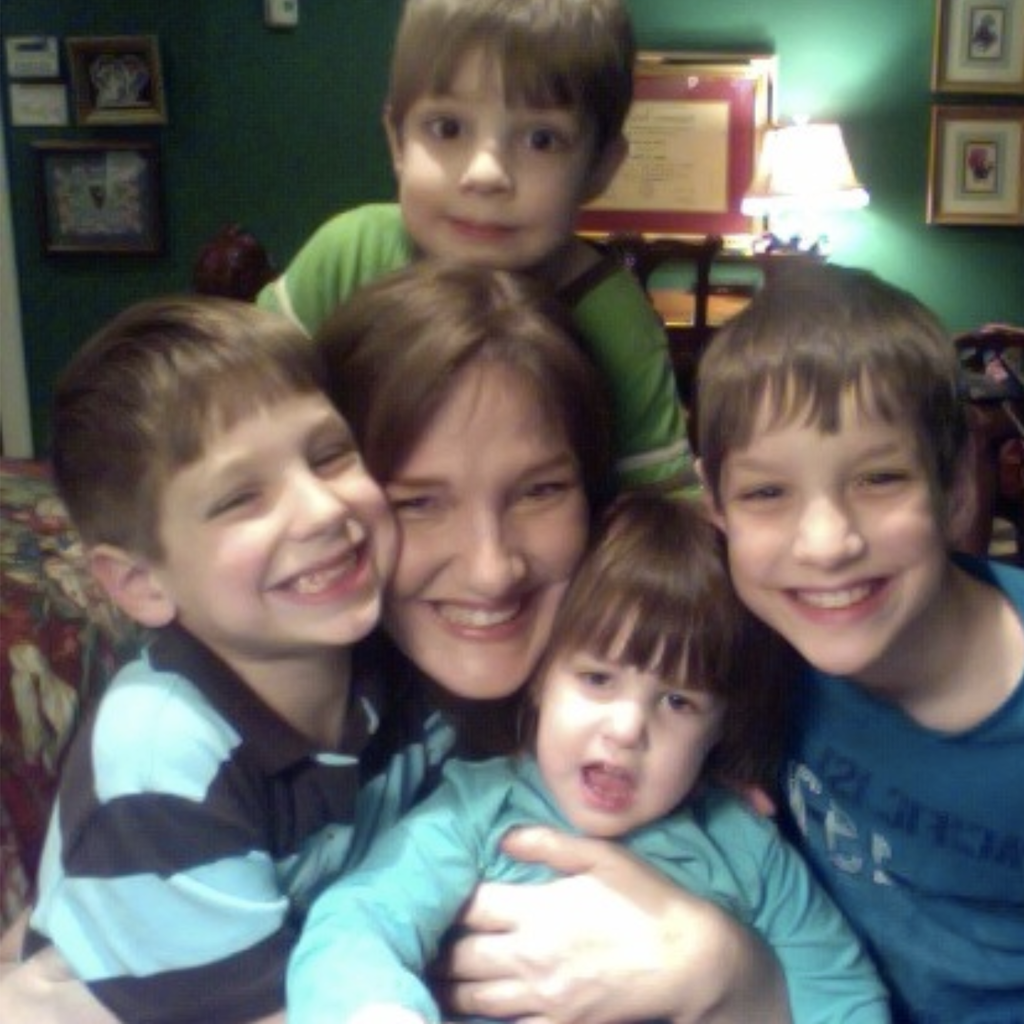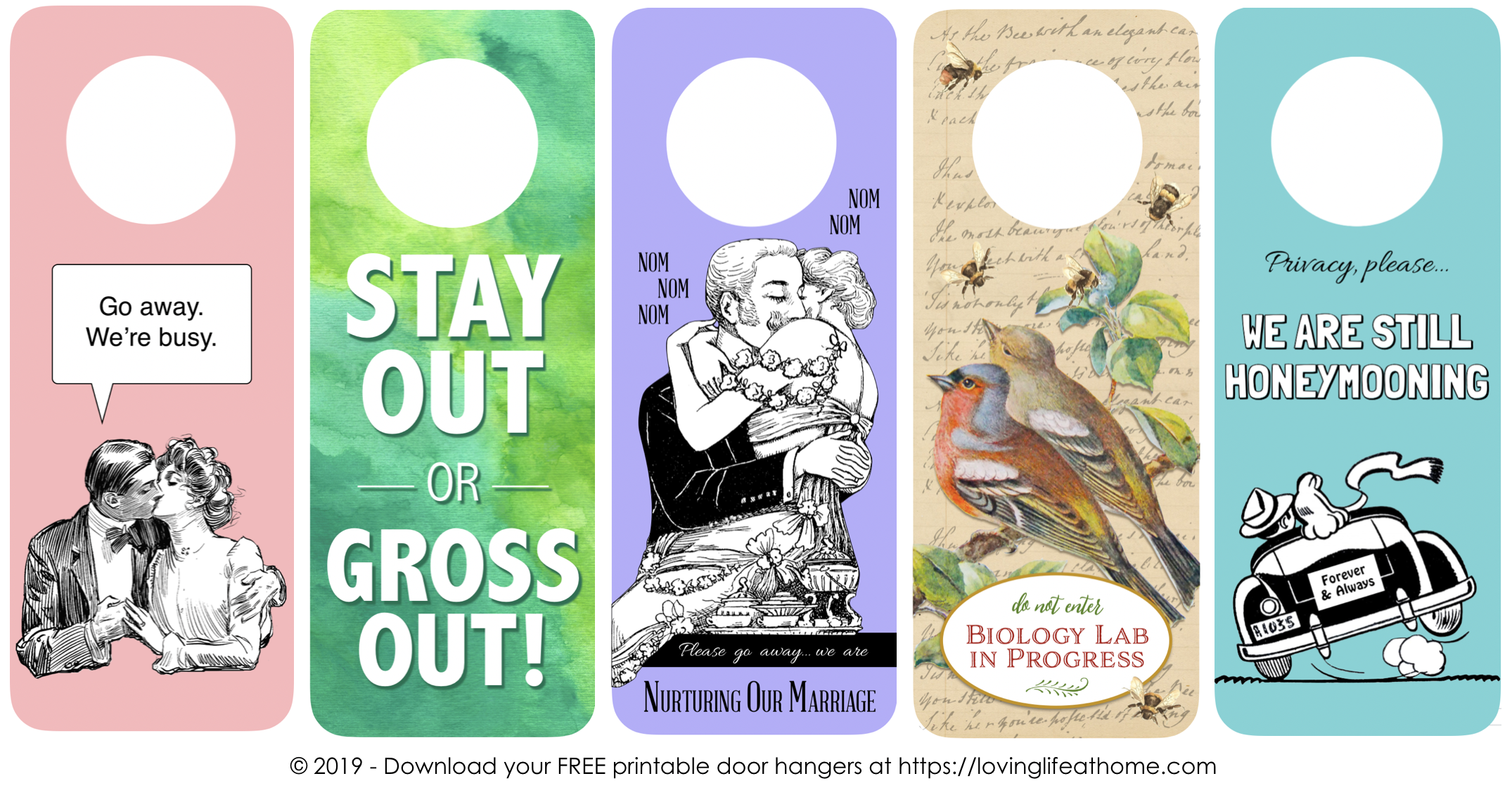EP 67: Early Education Ideas for Preschoolers

This week on Loving Life at Home, I’m tackling a question about early education for preschoolers: What can a mom of multiple toddlers do to make sure her little ones are getting what they need? Those were pressing thoughts on my mind, too, when I was a young mom, and in today’s episode, I’m sharing the advice a wise mentor gave me at the time. It served me and my children well and will hopefully do the same for you and yours!
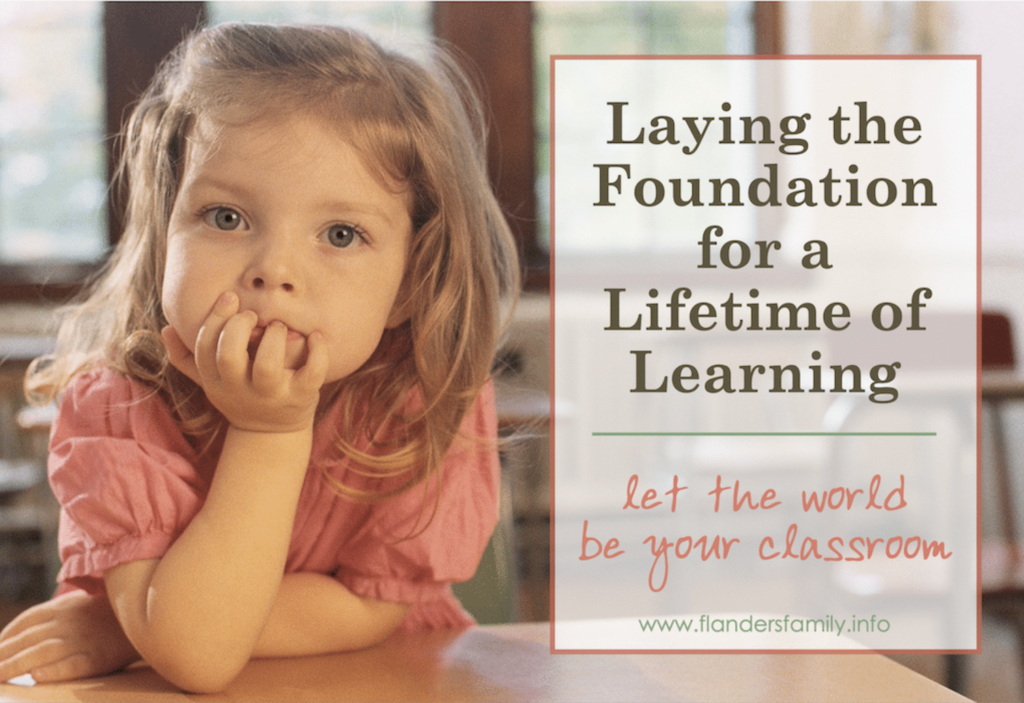
Early Education Ideas for Preschoolers
complete transcript for episode 67
Hello, friend.
Welcome to episode 67 of Loving Life at Home. Today we’re talking about preschool and how can you ensure that you’re giving your toddlers exactly what they need at that age to lay a good foundation for learning that will serve them well through the rest of their schooling?
I got a letter recently from a listener who writes,
Jennifer,
I listened to a recent podcast and heard you talk about thinking that you might run out of questions to answer by the time you hit the one year mark of making podcasts. Yet you didn’t. Us mommas have so many questions for you!
All of my questions are related to toddlerhood. What should I expect from this season of my life? When should I start formal education for my boys? They are 18 months and three years. [She actually has a set of twins mixed in there.]
I guess I’m wondering if I’m doing the right things and would like to hear what it’s been like for other parents with multiple toddlers at a time. What did a daily schedule look like with multiple toddlers? I watch all these videos of mamas with one toddler, but it’s so different having three at once.
I love that she’s thinking about all these things early. We want to do all we can to fan the flames of our kids curiosity and build and instill in them a love for learning from the very earliest days.
And really, her attitude reminds me a lot of my own attitude and I had just young ones at home and I do remember what that was like. I asked a lot of the same kind of questions from a trusted homeschooling mentor over three decades ago when my oldest children were approaching kindergarten age.
She gave excellent advice which I followed with great results. And so I’m going to begin by sharing the suggestions with you that she shared with me. And after that, I’ll address some of the specific questions she’s asking.
My first suggestion would be not to get in too big a hurry to do desk work with your little ones. Likely those little boys are going to have years of formal education ahead of them. And so you don’t have to rush to get started on that part.
There are better and more effective ways for them to learn during this season of their lives than to be crouched over a workbook with a pencil in hand, unless they just particularly love that, which some kids do. I was one of them that really enjoyed doing math from age 2 or 3. And my dad would make big legal pads full of math problems for me, and I ate it up.
But I realize that’s very unusual. And especially for little boys, who I think the majority of them would rather be outside and learning and doing things with their hands. So don’t force that on them at this young age. My best preschool recommendations follow exactly what that trusted mentor told me, which is first…
1. Take Walks.
Go on nature hikes. Take strolls around the block or try an outdoor scavenger hunt together. Set a leisurely pace. It’s not a race, so stop and smell the roses. Point out bugs and birds or flowers that you see along the way and teach your kids the names of the ones that you know. Let them pick up rocks or pine cones or pieces of bark to take back home and display on a shelf in the family room.
This really instills a love for nature and your children and it gets them outside in the fresh air and sunshine, which is so important, especially in this day and age when so many eyes are glued to a screen from such a young age. We want to really delay that as long as we can and get out in the fresh air and sunshine. That is so good for their development and for their brains. So that would be my first recommendation.

2. Play Games.
Teach your little ones to play checkers or chess even, or other board games like Memory and Sorry. Work a, puzzle together.
Start with just little wooden puzzles that are good for kids and work your way up from there to thirty piece, fifty piece, hundred piece, and so on. We have a lot of these big floor puzzles that our kids enjoy doing. Maybe they’d have the Alphabet on it or the human body or a world map, and it’s just maybe 25 or 30 pieces to put together. That was a lot of fun.
Shuffle a deck of cards and teach your children how to play Old Maid or Spoons or Go fish. Our family’s been on a Bananagram jag lately. Now, I know that’s a little bit advanced for three-year-olds, but my older ones would always play by the rules–it’s a great game for practicing spelling skills–but my preschoolers would just like to stack and sort all the letter tiles or use them to spell simple words that they might know, like cat or dog, and they don’t necessarily connect theirs like a crossword puzzle.
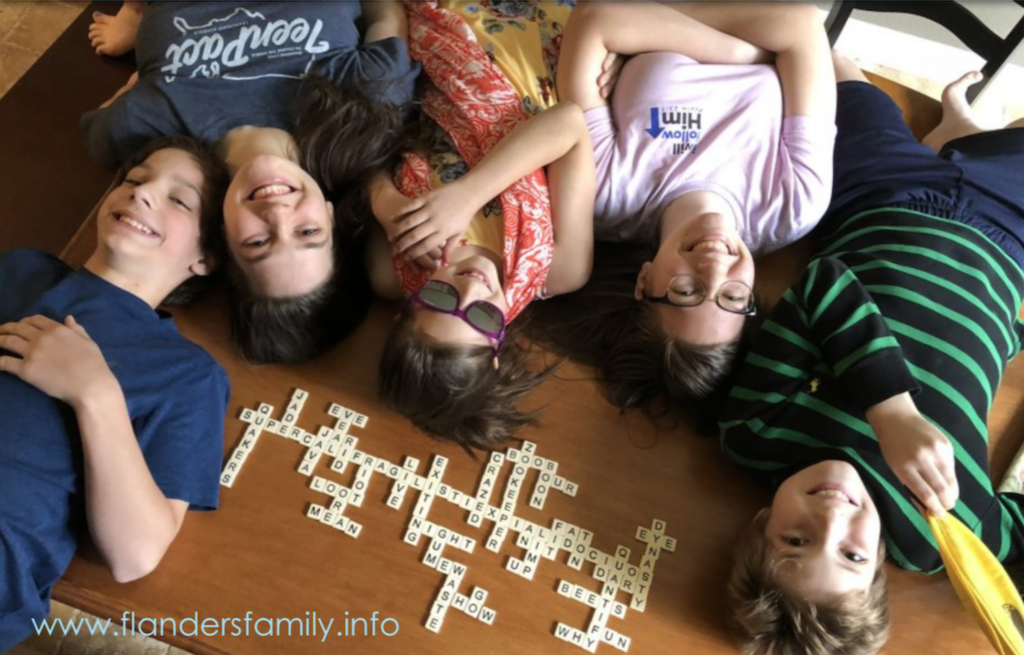
Then…
3. Read Books.
Reading lots and lots of books together is another good thing to be doing at this age. I have a great list of books that I recommend for young children on our website–50 different titles, that I will link in the show notes: board books, picture books, chapter books, reference books.
Reading to your child is one of the best investments you can make in his or her education. Read what they love, share what you love. Give your child books as gifts for birthdays and Christmas. Build a home library, of favorite books to read over and over and over again.
Or get a library card and bring home a stack of new books every week. Or better yet, do both. When my kids were growing up, we would go to the library once a week and check out as many as 80 books at a time and bring them all home and we’d read five or 10 of them at a lick (just children’s picture books).
And don’t worry if it’s a story you’ve read to them before. Children really benefit from reading the same book over and over and over again. We still do that with books that our family loves. We’ll read some of them once a year aloud because we enjoy them so much.
There’s a curriculum called Five in a Row, in fact, and the whole point of the curriculum is that you read the same story for five days in a row and do different activities based on that story. It was a fun curriculum to do. We used that for our preschoolers for a while.
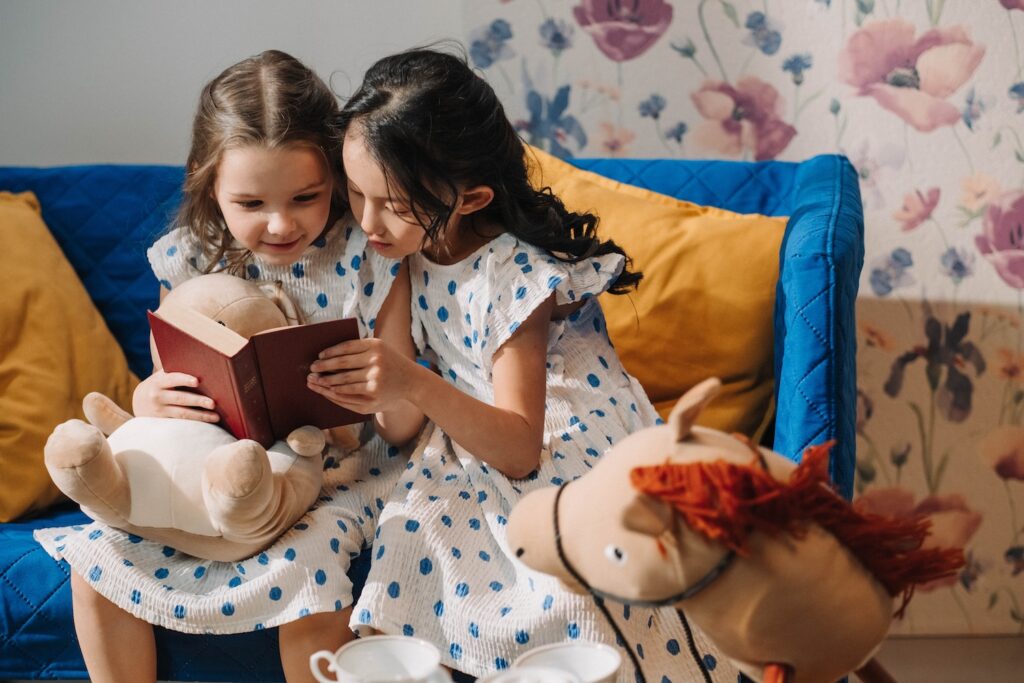
Another great way to learn with your toddlers is to…
4. Cook Together.
Let your little one help with meal preparation. Teach him how to make simple dishes like soup, or let her peel carrots and add spices and pour in the water and help stir. All with your supervision, of course.
When baking, you can let your children measure the ingredients and show them how 2 half-cups or 3 thirds or 4 fourths make a whole. Experiment in the kitchen together and rate the results.
This is a great way to deal with picky eaters. There’s something about being involved in the preparation of the food that make the kids more excited about eating it. So get them involved in making salads and veggies and healthful foods and see if that will expand their tastes and make them more apt to eat what you put on the table.
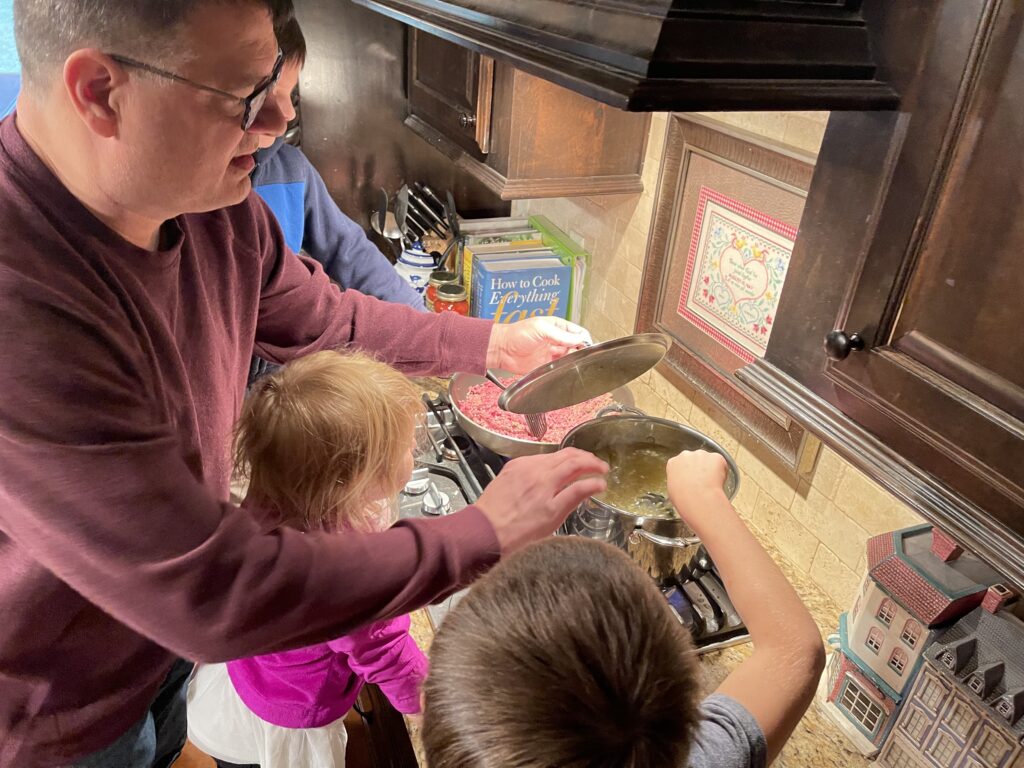
Then another great way to learn with preschoolers is to…
5. Sing Songs.
Make music a part of your daily life. Don’t just listen, although listening is recommended too. But get involved with your own voice and teach your children to do the same. Sing to your little ones and with your little ones.
Sing praise songs and lovely old hymns, counting songs and spelling songs, songs that teach important concepts and songs that are pure nonsense. Songs that you’ve loved for many years and songs that you make up on the spot.
Music is just such a great way to get ideas and concepts deep within your child’s heart. It’s a wonderful thing to set Bible verses to music, and sing those to your children. My kids can still quote verses that I sang to them when they were babies and taught them when they were toddlers, because that just sticks with you so long. And also, there are lots of educational songs out there.There is so much potential for teaching your children when they’re toddlers.
We have one that we sing that teaches all the orders of our presidents. We have another one that I use to teach the kids the states and capitals in the US and other geography songs that teach them about other countries and continents in the world. Skip counting songs that help them learn their times tables.
There is really so much potential for teaching your children, even when they’re toddlers, things that they’ll need later in life. And when you set it to music, they just pick it up naturally. Some of our little ones learned it while I was working with older children in homeschool, and it just made learning those concepts that much easier when it was their turn.
[If you cannot see the embedded video, you may click here to view it.]
And then I already touched on this, but another great way to spend your time when your kids are toddlers is to…
6. Memorize Bible Verses.
Don’t underestimate your little one’s ability to learn things by heart. Capitalize on it. Teach them scripture and poems and nursery rhymes and historical speeches. I often combine this activity with the one above, like I said, and set those concepts to music that I’m trying to teach.
But my own children have learned the times tables, the states and capitals, the planets of the solar system, the preamble to the constitution, and countless Bible verses or even entire chapters of the Bible that way.

Then another great activity for preschoolers is going places….
7. Take Field Trips.
Take your little ones to the park or to the zoo, the science museum or art museum, children’s museums, the planetarium. Take tours of any factory or business within driving distance that will give you one.
Sometimes there are age restrictions on that. I know a lot of times they want the kids to be at least six. So maybe when you are just dealing strictly with toddlers, you won’t be able to do some of those factory tours, but some of them cater to younger ones.
So go online or make some phone calls and see what you can find. Our local fire station and police station and even the local pizza place will let little ones come in and tell them about the work that is done at that location.
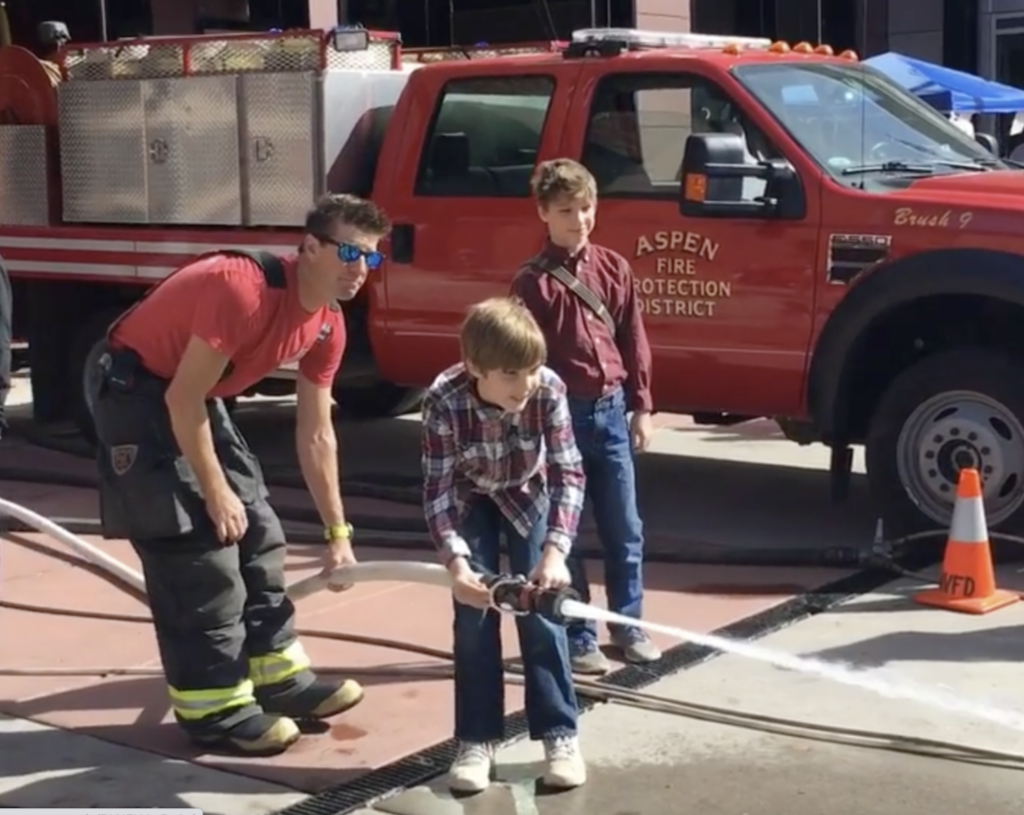
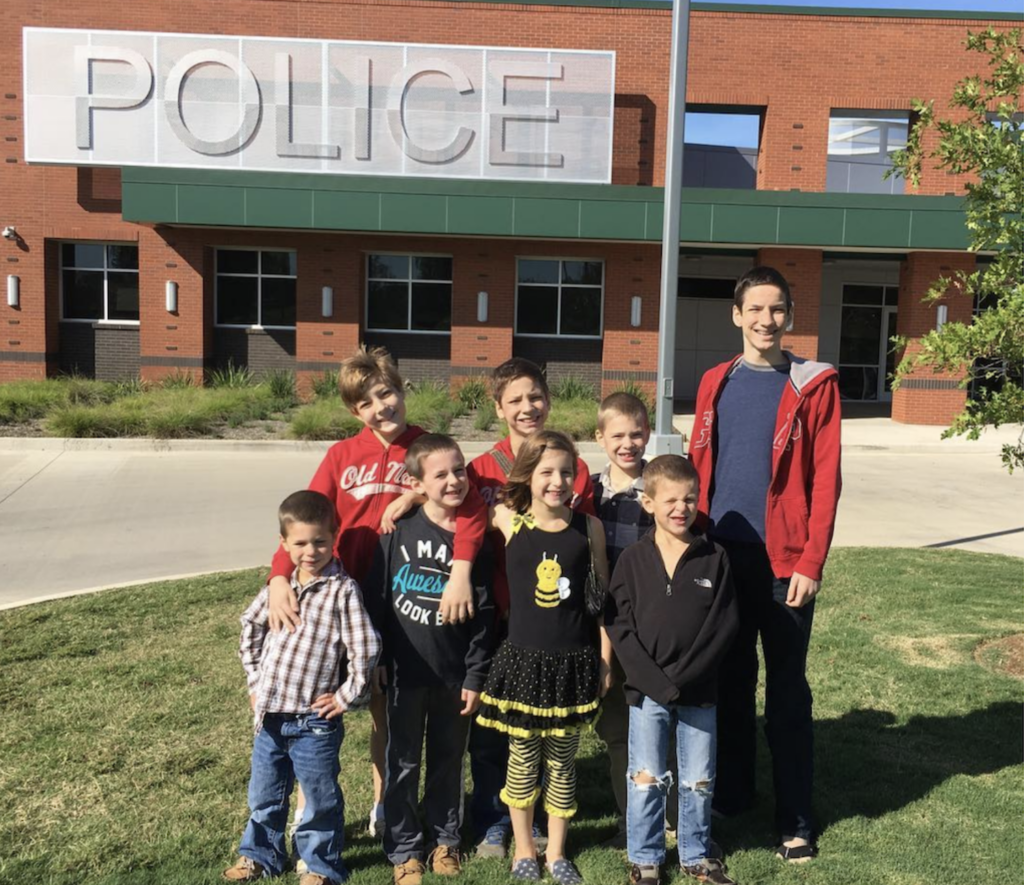
When my oldest four were all six and under, their dad worked two days a week in Fort Worth, Texas, in the heart of the cultural district. And so the job was about an hour from home, and he worked 11-hour shifts. So the children and I would often ride with him. Otherwise we wouldn’t have seen him at all on those days.
So I would just get the kids out of bed and put them in the car with their pajamas still on, let them sleep all the way from Mesquite to Fort Worth for that hour drive. And that gave me and my husband some time to talk the way.
And then when we got to his job, we’d drop him off, I’d get the kids dressed, and we would spend the whole day going to area parks and museums. Most of those were free back then, and it was just such a great learning opportunity. They had the art museums and the children’s museums, natural history museum, modern art, traditional art, the zoo, pioneer village, where they could go through log cabins and see blacksmiths at work and stuff like that.
But we learned so much doing that without ever cracking open a school book. Then another great activity for toddlers and preschoolers is doing crafts.
8. Make Crafts.
I have a whole list of different ways to encourage creativity in very young children that I’ll link in the show notes. Give a little guidance to get your kids started if necessary, but then stand back and let them create. Or better yet, sit across the table and work on your own creation while they labor on theirs.
You can spend a lot of money on art supplies, but at this age that really isn’t necessary. A little glue, some construction paper, and a few colored markers will go a long way in encouraging your child’s creativity. And you can also save tin cans and egg cartons, cereal boxes, milk jugs, that sort of thing, and challenge your children to make something wonderful out of those objects. They may just surprise you. We do a lot of recycled art even now, but when my kids were little, they loved raiding my recycle bin and making things out of packaging and jars and tin cans, making things out of the stuff that would otherwise just go to the landfill or to the recycle center.
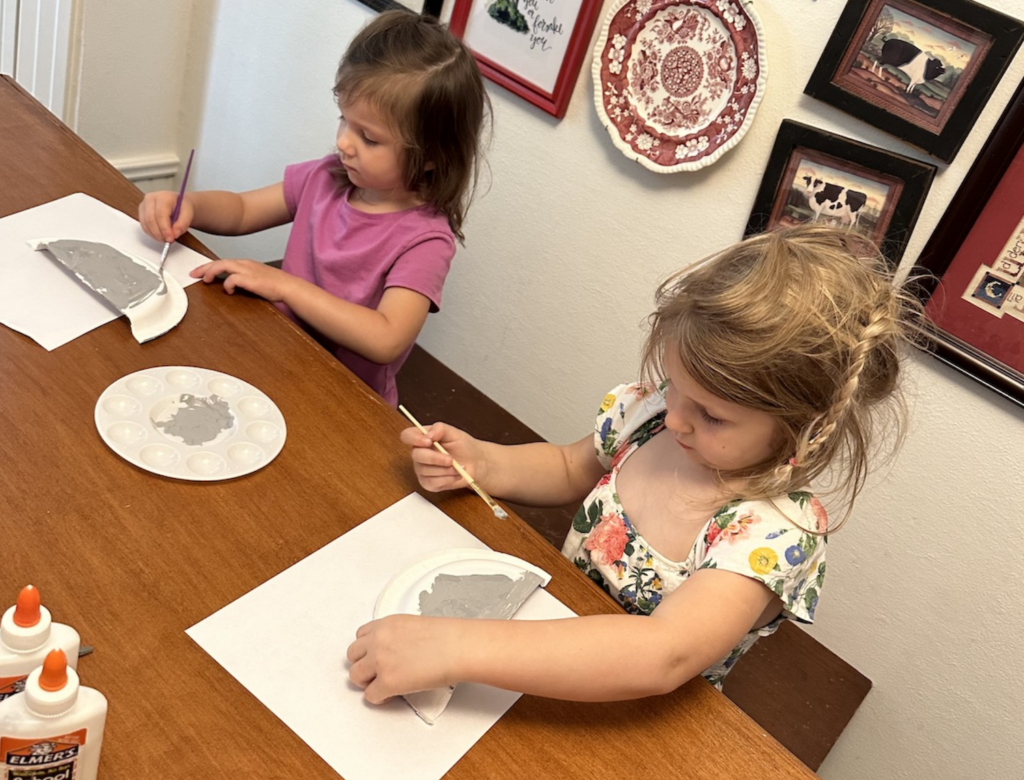
9. Keep Active.
Then another thing to do with your preschoolers is to keep active. They probably aren’t–especially those little boys –probably aren’t going to need a lot of encouragement on that. Your little one doesn’t need to sit in a desk for hours on end. Go outside and toss a frisbee or play tag. Jog around the block.
Do whatever you can to keep your body and theirs moving on a regular basis. And if you want some fun ideas for staying active as a family, you can check out my book Get Up & Go. It has over a hundred different little activities that you can do with your kids to get exercise in each day.
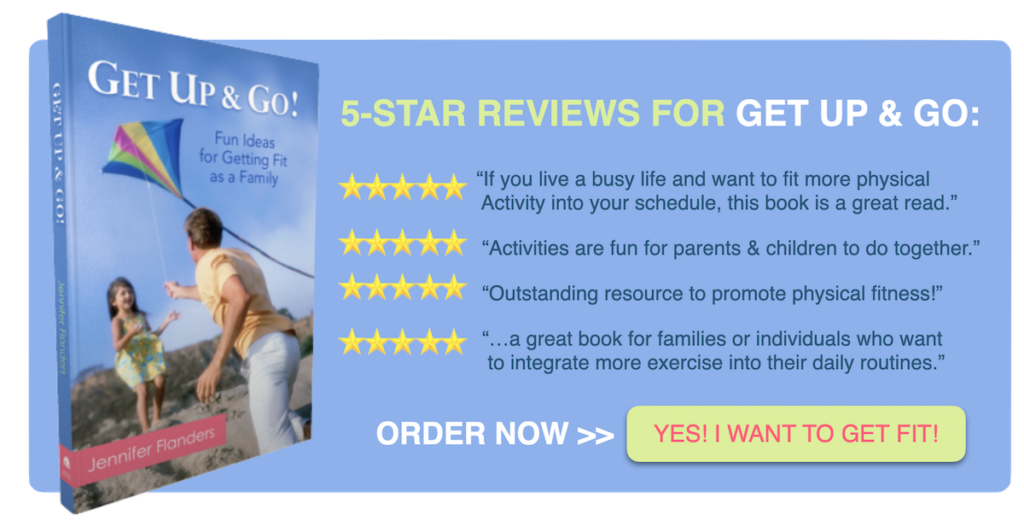
Then last thing I would suggest is to….
10. Stay Curious.
Most children are naturally curious, so do your best to share and encourage and cultivate that curiosity. Look for answers to your child’s burning questions together. Answer the questions you can and show them where to find the answers that you don’t know.
Talk about other curious people. Let them inspire you. Familiarize your children with history’s great thinkers and inventors and explorers and note some of the modern day conveniences that we have because of their curiosity and perseverance.
My purpose for sharing this list is not to discourage book learning, but to balance it. Education can and should be far broader than the workbooks and the drills. Don’t buy into the notion that learning is something that happens only when the ”school books” are out and open. That’s the whole beauty of home education! Parents are not confined to a classroom, but can take advantage of all these and other means of imparting knowledge, communicating truth, and fostering a lifetime love of learning in their little ones.
Of course, parents whose children are in private or public school also have the privilege of doing these things that this list suggests. Their families just have fewer hours together to squeeze such experiences into. But it is, is still a worthwhile endeavor.
In answer to your other questions: If you’re doing a variety of any of these things that I’ve listed, I would say yes, you are doing the right things.
As for what my schedule looked like back when I had multiple toddlers, that was 25 years worth of history that we’re talking about because I had multiple toddlers for a quarter of a century, and also had a nursing baby for that length of time. So it really depended on how many children were talking about.
But the nursing baby was usually the first one up. I would nurse her maybe 4 or 5 in the morning, put her back to bed or him, as the case might be, and then would stagger the wake up times on my other children so that they could do their hardest lessons with me early in the morning.
Now again, our schedule changed a lot over that period of time, depending on how many children I had and what courses they were taking at home, what grades they were in and such is that. But normally when I just had the toddlers, we would get up and eat breakfast together, then do some reading — some of those library books that we cart home every week.
We would read 5, 10 of those as long as the kids would be still. Some of our kids would sit still to listen to books and look at the pictures a lot longer than others. And so if I had one that loved looking at the pages and reading, then I would read longer than if I had one that just wanted to, you know, hurry through it and turn all the pages themselves and be done and crawling out of my lap and ready to go on to the next activity. So you really have to gauge it to the children.
I don’t know why I’m even trying to give you a set schedule because it is so hard depending on the children. So, anyway, breakfast, then some reading, and then we would do some songs together and hand motions and stuff like that. I would, during the reading, I would include a Bible time where we would just do, for that age, a couple of verses and talk about that and pray together.
And then, we would usually do some artwork, maybe just using some colored paper, like I said before, and markers. And then we had toys that were building blocks or Duplo blocks–stuff like that. We would play with those for maybe half an hour, go outside for a walk, come back in for lunch, take naps, wake up, read some more books, and work in the kitchen together to get dinner ready, eat when my husband got home, clean up, take baths.
My husband often supervised the bath time for the toddlers while I was nursing the baby and try and get baby to sleep and would often read chapter books to them while they were in the bathtub. We didn’t have a television. By the time we had three children, we didn’t have a TV anymore. I told you before that we watched so much of it it blew up, and we never replaced it. So our kids didn’t watch TV.
We did have a video library, though, and a video player that had no programming on it. So we couldn’t get any network programming or cable. But it was just a blue screen unless we put a VHS tape in it. And so we had a few educational kind of tapes like Richard Scarry’s ABCs and three or four little tapes that the kids really enjoyed watching. And they also taught alphabet, numbers, and stuff like that.
And so we would sometimes let them watch that. But that was really not very often, not a daily occurrence. Maybe every two or three days, they’d watch a little video.
But after bath time, we would give drinks of water, say prayers, tuck everybody into bed, and then hopefully get some sleep ourselves (although some babies did not allow as much sleep as others), and start all over the next morning.
So we’d do that schedule at least four days a week. And the fifth day we would take as a park day or a field trip day, until I started having older children, and we needed to do school five days a week.
So that, I guess, is probably the best I can give you as a sample schedule for that age. As we added older and older children to the mix, but still had the nursing babies and the toddlers, then I would stagger wake up times and try to teach my older children their math while the babies were still asleep.
And then, once the babies were awake, we would eat together, then do the subjects that we would cover together. And we’d also rotate to where, while I worked with one older child on harder subjects, an older sibling would watch the babies. And they’d switch off.
And we’d do that until lunchtime, eat lunch together, read, read aloud together as I nurse the baby, put them down for naps. And then we’d do science, so we’d do math in the morning while baby slept, and science in the afternoon while the baby slept.
And then the rest of the time was spent on subjects that we could all do together (history and literature and things like that) and also on field trips and outdoor play and free time and creative projects. And then we would do more read-alouds when my husband got home.
So I would read one book aloud during the afternoons and my husband would work on reading a different book aloud in the evenings. So we’re a big reading family, and we kept lots and lots of books going all the time.
I’ve had other moms of little ones ask me about specific curriculum that we used as our kids started entering kindergarten and first grade, second grade. I have a whole page on our family website about that I’ll link in the show notes.
But I do want to say a lot of the things that I have listed there were not things I taught to my kindergartner when I only had a kindergartner. When I had older children that were learning, and we were doing Story of the World or Apologia’s Young Explorer series for science or things like that, the kindergartners would listen in and learn it that way.
But when I only had kindergartners, we did all the other things that I’ve listed in this podcast, not the book learning so much (other than just story books and short biographies and that sort of thing). But not textbooks and not workbooks when they were just little bitty.
The Story of the World and the Apologia’s Young Explorer series both have lots of great suggestions for hands -on experiments and activities that kindergartners will remember for years to come. And so once you’re doing it with older children, then by all means let your kindergartener join in.
But if you’re just thinking about adding history and science and workbooks because you feel obligated to do so, and it would mean making you’re already fidgety toddlers sit still even longer, which is especially common (again) among little boys, then I’d advise to just stick with that list of activities that I provided: the walks, the games, the songs, the field trips, and delay the book work until they’re a little bit older and can handle it.
But if you’re itching to get started because your child has been eating up everything bookish you’ve done thus far and you’re eager to begin–and your child is eager to begin–“real school,” which is especially common among little girls, then go for it and cover the material at whatever pace that you and your child feel comfortable with.
Again, I have a lot of resources on our family website. I’ll link some of those that would be helpful for this age in the show notes, so take a look at that if you have further questions.
Get Sunshine in Your Inbox
Would you like more marriage and motherhood tips, printable prayer guides, and other great ideas for building a strong, happy, healthy home?
Then sign up for my weekly newsletter, Flanders Family Freebies. I’ll send you a different themed link list of free resources delivered directly to your inbox every Wednesday morning!
